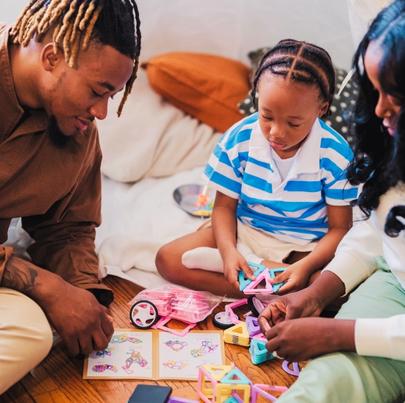Defective, dangerous, and recalled toys can cause catastrophic injuries. Parents can protect their children from dangerous toys by eliminating these products and supervising their children while playing.

Common Dangerous Toys
Toy safety has come a long way, but dangerous toys are still on the market. In fact, over 220,000 children visit the emergency room each year because of injuries from unsafe toys.
Some toys are dangerous by design, while others are dangerous due to a defect that occurred in the assembly or manufacturing process. Properly made toys cause harm to children who are too young to play with them. Here are some of the most common defects and dangers in children’s toys:
Toys With Small Loose Parts
Children under 3 years are more likely to put things in their mouths. Small toys, game pieces, or toys with detachable parts could choke a child if the pieces are small enough to fit into the child’s mouth.
Magnets and Small Batteries
Button batteries and high-powered magnets used for creating sculptures or shapes are a hazard if swallowed. The magnets can be attracted to each other through intestinal walls, causing intestinal damage, pain, and death. The batteries can burn a hole through a child’s esophagus lining.
Toys With Projectiles
Airsoft guns, BB guns, or paintball guns may cause injury if used improperly. Toys with pointed parts or sharp edges can cause lacerations if the material used is hard or durable.
Cords and Strings
Toys that have loops, cords, strings, or fabrics that can be easily undone could strangle a child if they become wound around the neck.
High Chemical Levels
Some companies, especially those making counterfeit plastic dolls, still use dangerous levels of chemicals. Ingestion can cause children to suffer from poisoning.
Noisy Toys
Noisy toys can be damaging to children’s hearing over time. Sounds that reach high levels can cause noise-induced hearing loss in at least one ear.
Preventing Injuries From Toys
To avoid dangerous toys and play it safe, parents should:
- Ensure toys are designed for their child’s age group and are larger than the child’s mouth.
- Choose reputable retailers and buy toys that comply with safety standards.
- Look out for contradictory information about the toy.
- Make sure that the battery compartment in electronic toys is securely screwed on.
- Buy toys that are well-made, sturdy, and nontoxic.
Parents and caregivers should always supervise children at play and throw away damaged or dangerous toys.






